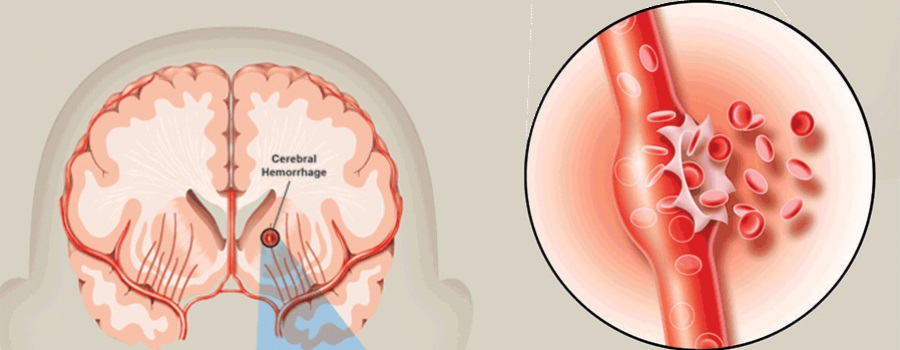

A study on hemorrhagic stroke carried out in the year 2015 revealed that people residing in the northeastern state topped the list of deaths by hemorrhagic strokes and it exceeds the national average by a staggering three times.
The 2015 study stated that one in three people in the age group of 30-69 years die a premature death due to hemorrhagic stroke. The causes of hemorrhagic stroke are cited as too much consumption of salt and hypertension as well. As per the study that was carried out by the University of Toronto in Canada, the reasons behind this major increase in mortality rates could be inadequate stroke care, high blood pressure and risk factors like endemic infections.
It is an emergency situation that needs immediate medical attention because it causes brain bleeding due to a ruptured blood vessel. The states that are worst affected include Assam, Arunachal Pradesh, Sikkim, Manipur, Mizoram, Meghalaya, and Tripura particularly for deaths in males by strokes. While states like Assam, Odisha, Chhattisgarh and West Bengal were considered to be high risk for strokes in females. In 2015, the death toll rose to a freaking 2.1 million across all ages due to ischemic heart disease and stroke.
Though the rate of cardiac disease is a national issue, stroke has surprisingly surpassed its numbers to become the highest killer in north-eastern population. The study further stated that the deaths could have been prevented, but most of the deaths were caused due to irregular consumption of prescribed medications for cardiac disease.
India is amongst the top 5 countries in the world to have cardiovascular disease deaths and the age at which cardiac diseases develop in Indians is almost half a decade earlier as compared to developed countries. Though the sustainable development department has goals to decrease the mortality rates by 2030 does, it does seem to be difficult at the stage keeping in mind the very little progress made against cardiovascular diseases and awareness around it.

 Emergency Number
Emergency Number